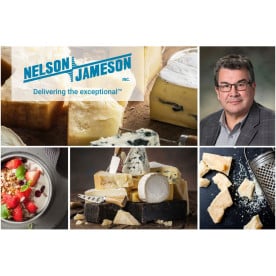Monthly Archives: February 2013
- February 15, 2013
It’s the beginning of a new year, and most Americans welcomed 2013 with resolutions, contemplations and a glass of bubbly. The food processing industry, however, has its own way of welcoming a new year---with an abundance of research-driven food trend predictions. Forecasting what will be in our refrigerators and on our plates is crucial to our customers’ success. But it’s also critical to our success as a distributor to those food processors. Anticipating customer needs and understanding the end consumer makes us a more responsive, solution-oriented channel-partner---thereby cementing our value as an integral part of the supply chain. Interpreting these trends also helps our company to grow by discerning which customers and industry segments may be poised for growth.
Trade organizations, specialty publications, news outlets, consultants and even the United Nations (it’s the year of quinoa---haven’t you heard?!?) have taken stabs at predicting what





